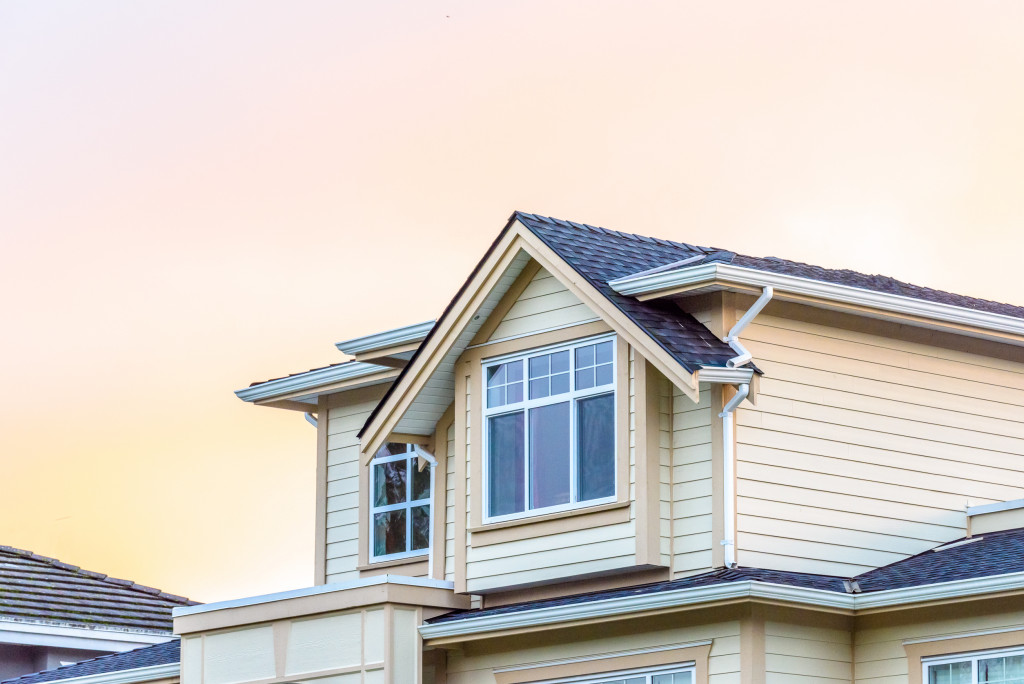Common mishaps at home such as accidents or hazards can be prevented by following simple safety measures, especially when there are children or seniors in the house that are more vulnerable to various health risks. Remember that safety always begins with awareness, and keeping yourself informed will reduce hazard risks in your home.
Here are some health hazards that are likely to be found in a household:
Prevent These Five Common Health Hazards Found in the Home
-
Chemical or medication poisoning
There are several household items that have poisoning risks such as cleaning supplies, medications, and maintenance supplies. Prevent these from being accidentally ingested by properly storing them away. Also, when storing these items, keep them in the original containers to avoid them getting mistaken for food or drink.
The best place to lock up pesticides or cleaners is in a high cabinet with a child-proof lock. Also, avoid trying to mix chemicals to create a customized cleaning solution. There are chemical combinations that can be deadly such as ammonia and bleach that can create toxic gases.
-
Radon exposure
Radon is an odorless radioactive gas that comes from the natural decay of uranium in the soil. When the gas moves up the ground, it can seep into homes through gas lines, cracks, water pipes, and other open areas. It poses a health risk when it builds up indoors through air or water.
When radon gas gets trapped in your lungs, the particles release bursts of energy that can damage lung tissue and cause lung cancer. Not everyone exposed to radon will automatically have lung cancer, but the length of time between exposure and appearance of symptoms may take many years.
Having your home inspected for radon should be done regularly. All homes are recommended to get tested and if you haven’t done it for the last two years, you should consider it as it can prevent radon levels from getting higher.
Some preventive measures include the installation of gas-permeable aggregate like a thick layer of gravel covered with a plastic sheet to avoid radon gas from entering your home. Sealing all cracks in the walls can also prevent the entry of radon and increase energy efficiency in your home.
-
Presence of lead
Lead can be found in the air, soil, or gasoline. Main sources of lead exposure come from lead dust in environmentally polluted urban areas. Your house can actually look clean but have lead in it. Household dust is one of the common sources of lead that can be created during construction or renovation.
One way to prevent lead in your home is to keep it dust-free as possible. Also, avoid letting children play around windows in older homes, and keep your windows closed during windy days to prevent lead-contaminated soil into the house.
To avoid lead in food, wash fruits and vegetables thoroughly to remove any lead dust that may have settled. Remove the outer leaves of leafy vegetables and avoid storing food in open cans. Store them in stainless steel, glass, or plastic containers.
-
Carbon monoxide poisoning

Carbon monoxide (CO) is an odorless gas that is produced when fuel is not completely burned. Appliances of vehicles that burn kerosene, gasoline, wood or oil can create carbon monoxide that can be a risk for humans.
In homes, some sources of carbon monoxide are hot water heaters, stoves, and gas clothes dryers. The emission of carbon monoxide can be risky in indoor environments. You can avoid it by keeping the vents clear in your furnace and fireplace, and maintaining proper ventilation in your home when you fire up the grill or stove.
Remember to have experts install any fuel-burning devices to create the proper venting for each device or appliance.
-
Asbestos contamination
Asbestos is a mineral fiber in rocks and soils and is commonly found in older homes. It is strong and tolerant to high heat which is why it’s used in building materials like millboard, pipe and furnace insulation, floor tiles, and coating materials.
Frequent exposure to asbestos can lead to lung or heart complications. To have it removed properly in your home, hire a professional as they are certified to conduct asbestos abatement to help keep your home safe.
Make it a habit to assess your home for any hazard in order to keep you and your family safe. While this might be a bit time-consuming, all your efforts will be paid off if all the potential dangers in your home are eliminated. Follow these preventive measures above for a healthier home.




